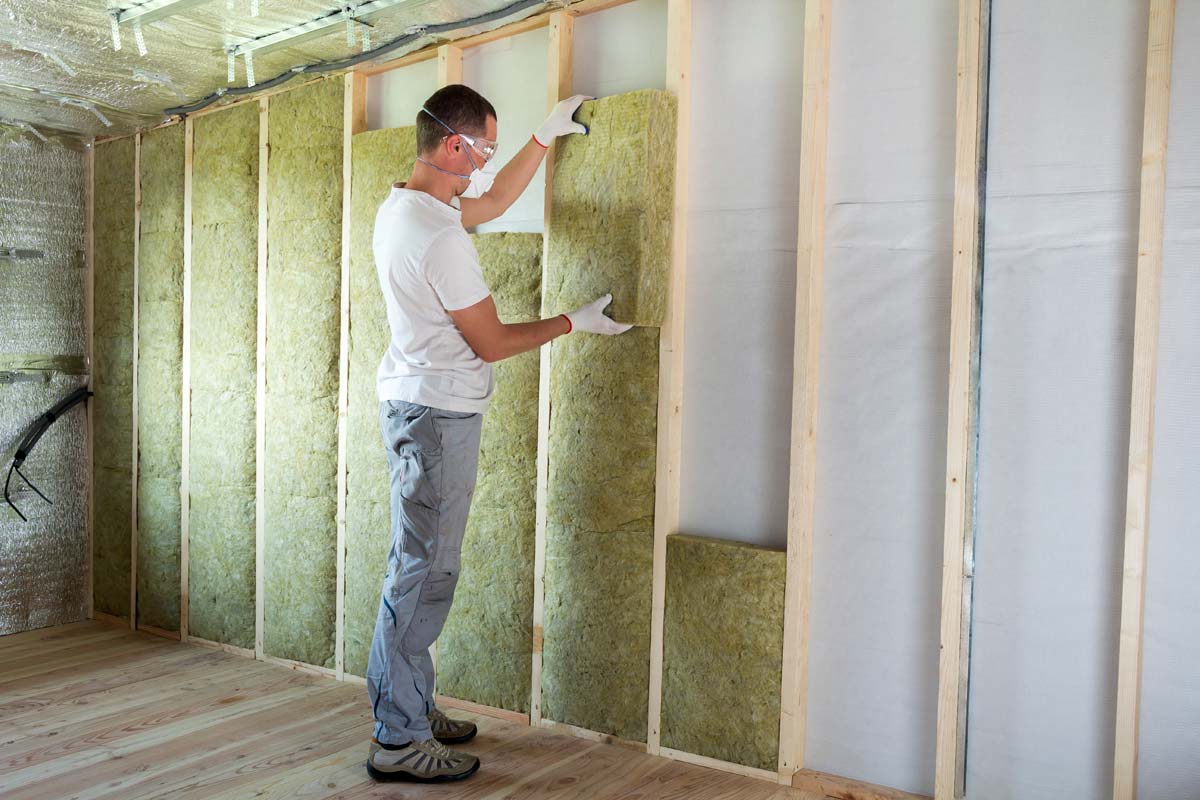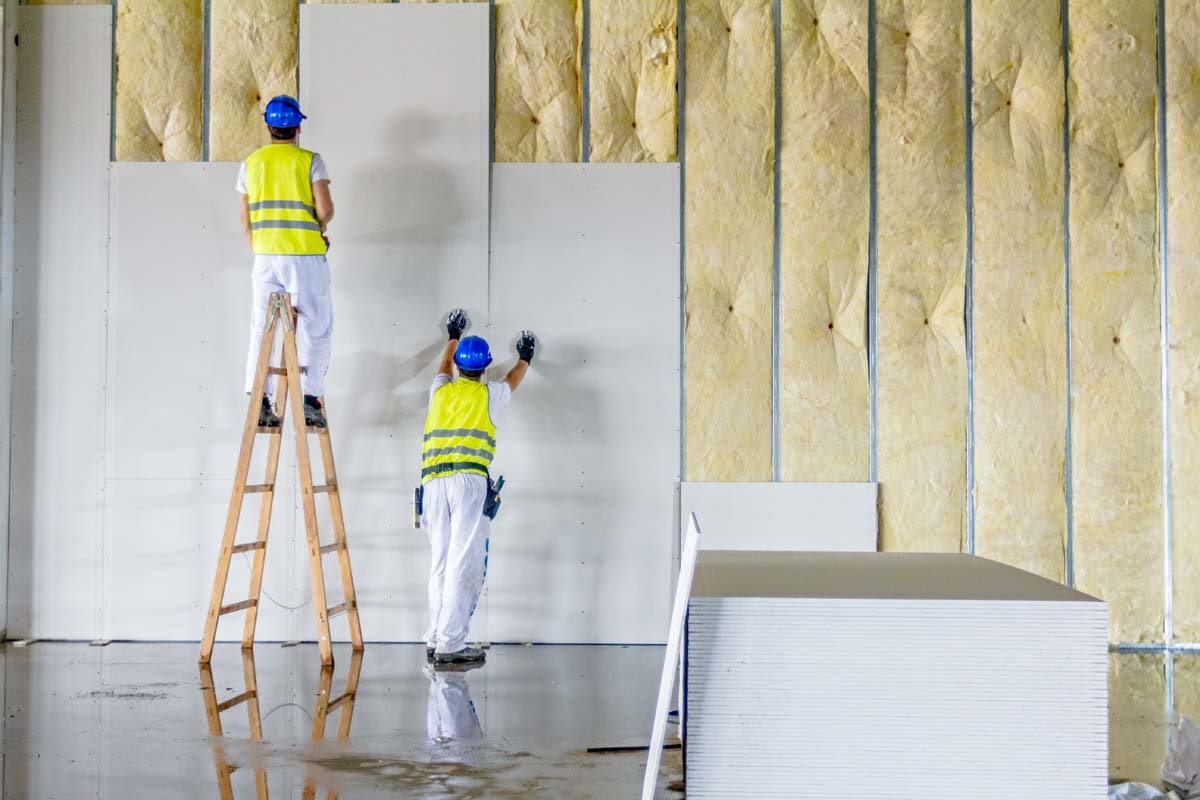
Internal Wall Insulation

Solid walls let twice as much heat escape as cavity walls, so insulating them makes a good deal of sense. External Wall Insulation is not always an option due to costs, etc….hence Internal Wall Insulation is the next best option.
If your home was built before the 1920s, its external walls are probably solid walls rather than cavity walls. A solid wall is usually made of concrete, Stone or Brick.
- Solid walls have no gap, so they can’t be filled with cavity wall insulation.
- Cavity walls are made of two layers with a small gap or ‘cavity’ between them.
What is Internal wall insulation ?

How can I tell if my home has solid walls?
If you have solid walls, then they’re almost certainly not insulated - but the first thing you need to find out is what sort of walls you have.
If you can see the brickwork on the outside of the house, look at the pattern of the bricks as this can show how the wall has been built.
If your home has solid walls, the bricks will have an alternating pattern, with some bricks laid across the wall so you can see the smaller ends from the outside.
For brick-built homes, you can also tell by checking the thickness of your external walls. Do this by measuring them in an external doorway or window; if a wall is less than 10 inches thick, it’s probably solid.
Other property types are also classed as “Solid Walls” under ECO Scheme which is Steel Framed, Poured Concrete and Timber Framed Construction (where the inner leaf of wall construction does not have insulation inbetween the timber battens).
How does internal insulation work?
There are a few methods to insulate a solid wall internally often referred as dry lining, involves insulating the inside of the wall by one of two methods with different materials.
1) Ready made insulation boards are fixed directly to the wall and the boards consist of plasterboard backed with up to 50mm insulation materials
2) Frame-work of wooden battens is attached to the wall and the space between the battens filled with insulation materials
3) Frame work of metal attached to the wall and insulation boards attached to the metal frame
What Board Spec do our Installers use?
There are 3 types of board spec our installers use:-
What are the advantages of insulating internally?
- What are the advantages of insulating internally?
- It’s easier to install, and there’s no need for scaffolding.
- It won’t change the outer appearance or character of your home, so it’s more suitable for visually attractive buildings and period properties.
- It’s also more suitable for flats and maisonettes, as you can hardly use external insulation for just one unit in a block.
- It can also be acceptable for buildings in Conservation Areas where there are often strict rules about the kind of changes you can make to the outside appearance of your home.
Benefits of internal wall insulation?
- Lower installation cost when comparing to external wall insulation.
- Easier maintenance than external wall insulation
- No scaffolding required for installation
- No disruption to building appearance – ideal for installation in conservation areas
- Installation not delayed by bad weather condition
- Can be installed on a room-by-room, single façade or whole-house basis – or as part of a full refurbishment plan


